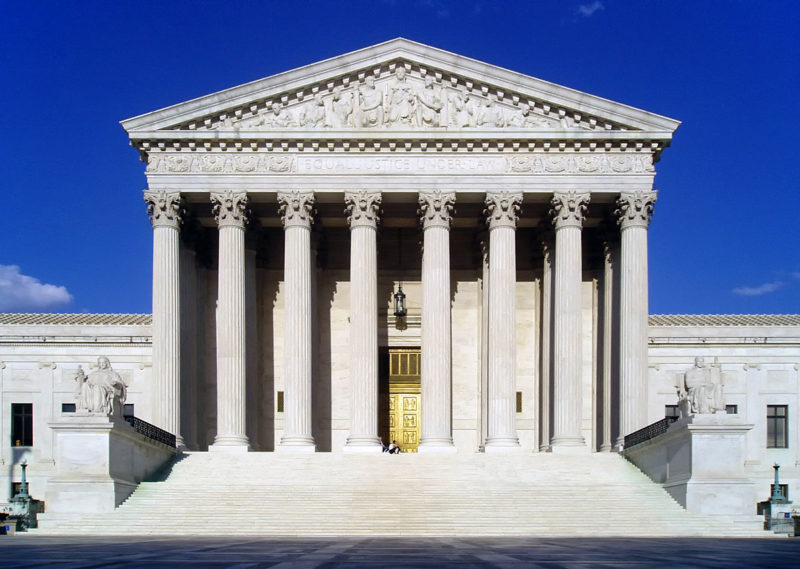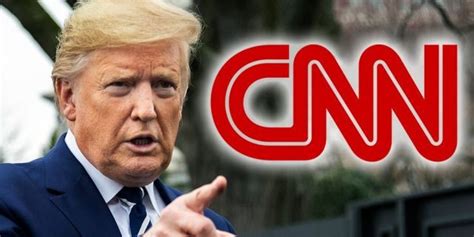Faktencheck zum Faktencheck
Der Faktenchecker des Senders CNN, Daniel Dale, sagte im Anschluss an die erste Debatte zwischen den Amtsinhaber Donald Trump und dem Herausforderer Joe Biden „Wir hatten eine Lawine an Lügen von Präsident Trump, Biden dagegen habe zwar auch einige falsche und irreführende Aussagen getätigt, sei aber größtenteils richtig gelegen.“ Diese Behauptung soll im Folgenden anhand eines Faktenchecks der „Fakten“ des Faktenchekers überprüft werden.
Vorab kann ich bereits jetzt verraten, dass sich die Aussagen Daniel Dales nicht durch seinen Faktencheck belegen lassen und dass die Beurteilung der Aussagen der Kandidaten durch CNN als parteiisch zu Gunsten der demokratischen Seite beurteilt werden muss. Bei objektiver Betrachtung kommt man zwangsläufig zu einer gegenteiligen Schlussfolgerung und muss feststellen, dass bei den von CNN ausgewählten Kernaussagen Biden keine einzige richtig hatte.
Zur Analyse: Faktencheck
Ergebnis des Faktenchecks: Insgesamt stimmen 5 von 8 Aussagen Trumps, eine ist unbewiesen und eine übertrieben und nur eine ist falsch. Bei Biden stimmen 5 von 6 Aussagen nicht und die verbleibende Aussage ist irreführend. Zusammenfassend kann daher festgestellt werden, das die Debatte für keinen der beiden Kontrahenten ein Ruhmesblatt war, dass aber Trump im wesentlichen weiß wovon er spricht, was bei Biden offensichtlich nicht der Fall
Bezüglich des Gesamteindrucks von der Debatte schließe ich mich der Analyse und der Kritik von Thomas Fritz auf GMX an:
„Von Trump konnte man wohl nichts anderes erwarten als Attacke, Attacke, Attacke – in Pöbelmanier. Aber dass sich Joe Biden – in dieser Häufigkeit – immer wieder zu herablassenden Gesten und Beleidigungen hinreißen ließ, überraschte. Auch wenn er Trump erst vor wenigen Tagen mit Nazi-Größe Joseph Goebbels verglichen hatte. Dass Biden zwischendurch menschelte, indem er die Zuschauer direkt ansprach, ging da fast völlig unter.
Hinzu kam, dass Biden Zweifel an seiner geistigen Fitness nicht ausräumen konnte. Er wirkte verkrampft konzentriert, verhaspelte sich hin und wieder, verlor manchmal den Faden oder beantwortete Fragen, die so gar nicht gestellt wurden.
Einen Sieger gab es in dieser ersten TV-Debatte nicht. Bleibt allein die Hoffnung, dass das Niveau in den kommenden zwei Duellen nicht noch weiter sinkt.“






